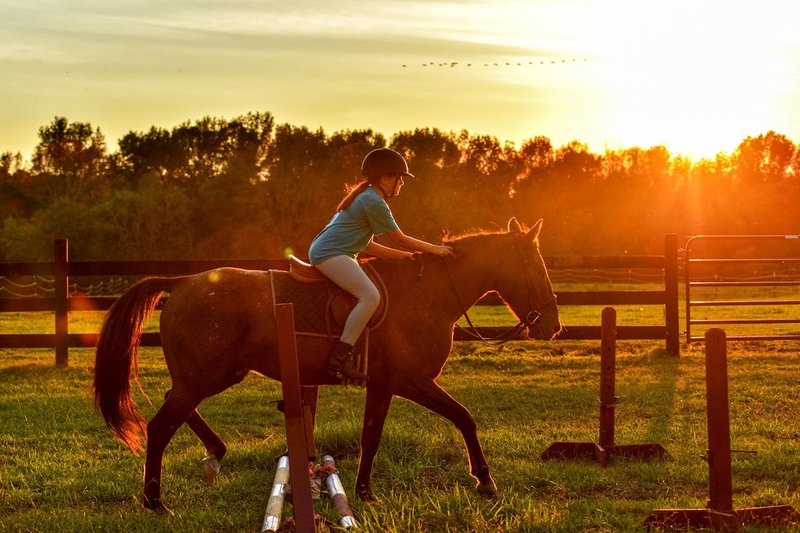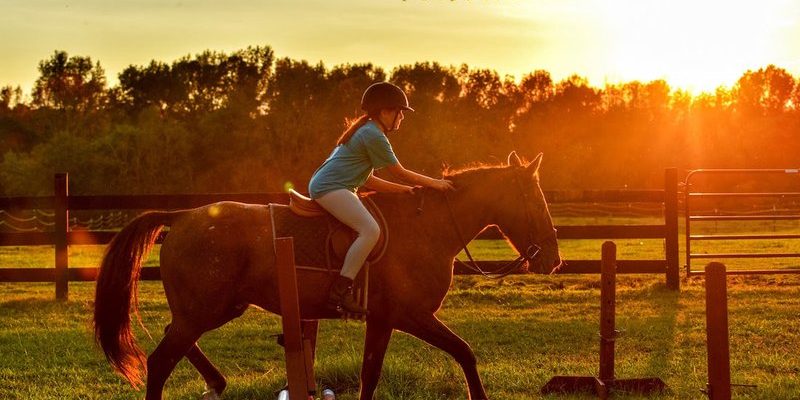
Think of horse tack as a toolkit that helps you engage with your horse safely and effectively. Whether you’re riding, grooming, or just spending time with your equine friend, having the right equipment makes all the difference. It’s a bit like trying to bake a cake without the proper ingredients. So, let’s break it down, piece by piece, so you can feel confident and excited to embark on your equestrian journey!
Understanding Horse Tack
Horse tack refers to all the gear and equipment you’ll use when handling and riding a horse. This doesn’t just include saddles or bridles; it also encompasses everything from grooming tools to safety gear. Think of tack as your horse’s clothing and accessories, tailored specifically for comfort and functionality.
There are two main types of tack: English and Western. Each has its style and purpose. English tack is typically used in disciplines like jumping and dressage, while Western tack caters to styles like rodeo and trail riding. The type of riding you intend to do will play a huge role in what tack you’ll need.
A few common items you’ll encounter include saddles, bridles, halters, and girths. Each of these serves a unique purpose, making it crucial for you to understand what you need for your specific situation.
Bridles: The Communication Link
A bridle is a key piece of horse tack that connects you to your horse during a ride. It consists of a headstall, which holds the bit, and reins for steering. Picture it as your horse’s communication device, allowing you to send and receive signals.
When choosing a bridle, consider the type of bit used. There are many options, ranging from simple snaffles to more complex leverage bits. Each offers different levels of control and comfort for the horse. Beginners often start with a basic snaffle bit bridle, as it provides a good balance of communication and gentleness.
Fitting the bridle properly is crucial. A poorly fitted bridle can cause discomfort and pain to your horse, making it hard for them to perform their best. Spend a little extra time learning how to adjust it correctly or ask for help from a more experienced friend or instructor.
Saddles: The Rider’s Foundation
The saddle is one of the most important pieces of equipment. It’s your seat for the ride and plays a massive role in your comfort and balance. Just like the right pair of shoes can make or break your day, a good saddle can affect your entire riding experience.
There are countless types of saddles, but let’s focus on the basics. English saddles are generally lighter and designed for close contact with the horse. Western saddles are bulkier, offering more security and often include extra features like horn and bigger flaps.
When selecting a saddle, make sure it fits both you and your horse. A saddle that’s too big or too small can lead to discomfort, pain, or even injury for both you and your horse. It’s always best to consult with someone who knows how to fit saddles properly, especially in the beginning.
Halters and Leads: Daily Essentials
Halters and leads are essential for handling your horse outside of riding. Picture them as the everyday outfit for your horse, allowing for easy control and movement. Halters are designed to fit around the horse’s head and are typically used when leading, tying, or grooming. Meanwhile, lead ropes attach to the halter and give you the leverage to guide your horse.
When selecting a halter, pay attention to the fit. It should be snug enough to stay in place but loose enough to allow for comfort. You can find halters made of nylon or leather, with nylon being a popular choice for beginners due to its durability and ease of cleaning.
A good lead rope will also have a sturdy snap and be long enough to give you some distance while still allowing control. Look for options that are padded or soft for a comfortable grip, especially if you’ll be spending a lot of time handling your horse.
Grooming Tools: Building a Bond
Grooming is not just about keeping your horse clean; it’s also a fantastic way to build trust and a bond between you and your horse. It’s like a spa day, but for your equine buddy. A basic grooming kit should include a curry comb, stiff brush, soft brush, hoof pick, and a comb or mane brush.
Start with the curry comb to loosen dirt and hair. Follow up with the stiff brush to clear away the dirt and the soft brush for a final touch. Don’t forget the hoof pick—it’s vital for checking your horse’s hooves for stones or debris, which can cause issues if not addressed.
Taking the time to groom your horse can make a big difference in their attitude and your relationship. Think of it as a bonding ritual that sets the stage for your time together, whether you’re heading out for a ride or just hanging out in the barn.
Safety Gear: Always Be Prepared
Riding horses can be adventurous, but safety should always come first. For beginners, wearing a proper riding helmet is non-negotiable. A well-fitted helmet protects your head and provides peace of mind while you ride. It’s like wearing a seatbelt in a car; you wouldn’t drive without one, right?
When it comes to your attire, consider wearing long pants and sturdy boots with a heel. This helps protect your legs and prevents your foot from slipping through the stirrup. Don’t forget gloves; they can protect your hands and give you a better grip on the reins.
Although it might feel like a hassle at times, taking safety seriously will pay off. The more prepared you are, the more you can focus on enjoying your time with your horse.
Investing in Quality Equipment
As a beginner, it might be tempting to skimp on gear to save some money. Here’s the thing: investing in quality equipment can save you headaches down the road. Cheap tack can break easily or cause discomfort for your horse, resulting in higher costs for replacements or vet bills.
When possible, buy the best gear you can afford. Look for second-hand options in good condition, and never hesitate to ask experienced riders for recommendations. They often have tried-and-true favorites that can help steer you in the right direction.
Ultimately, the right tack is more than just equipment; it’s your connection to your horse. With every piece of gear, you’re stepping into a world of adventure, learning, and joy.
In sum, starting your journey with the right horse tack and equipment sets you up for success. Armed with knowledge and the essentials, you’re ready to forge a lasting connection with your horse. Enjoy the ride!

